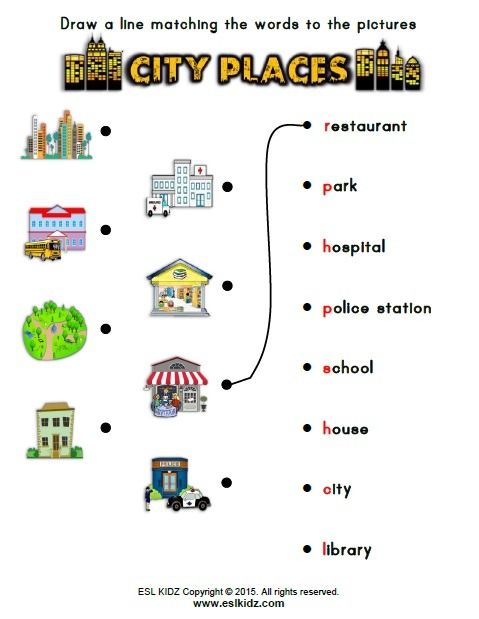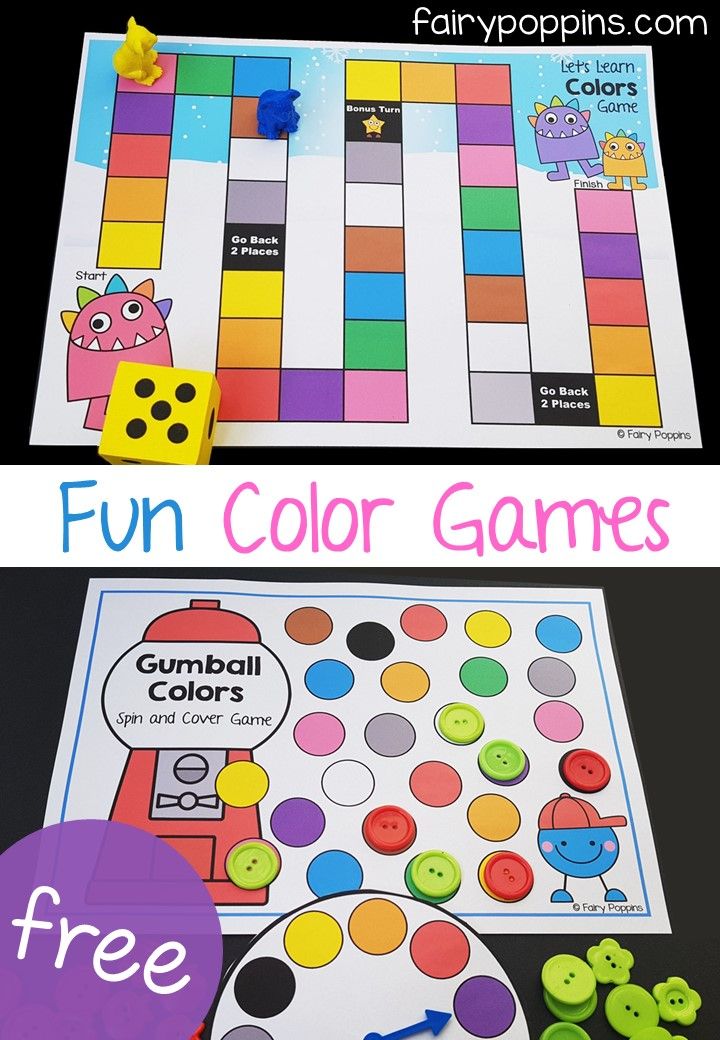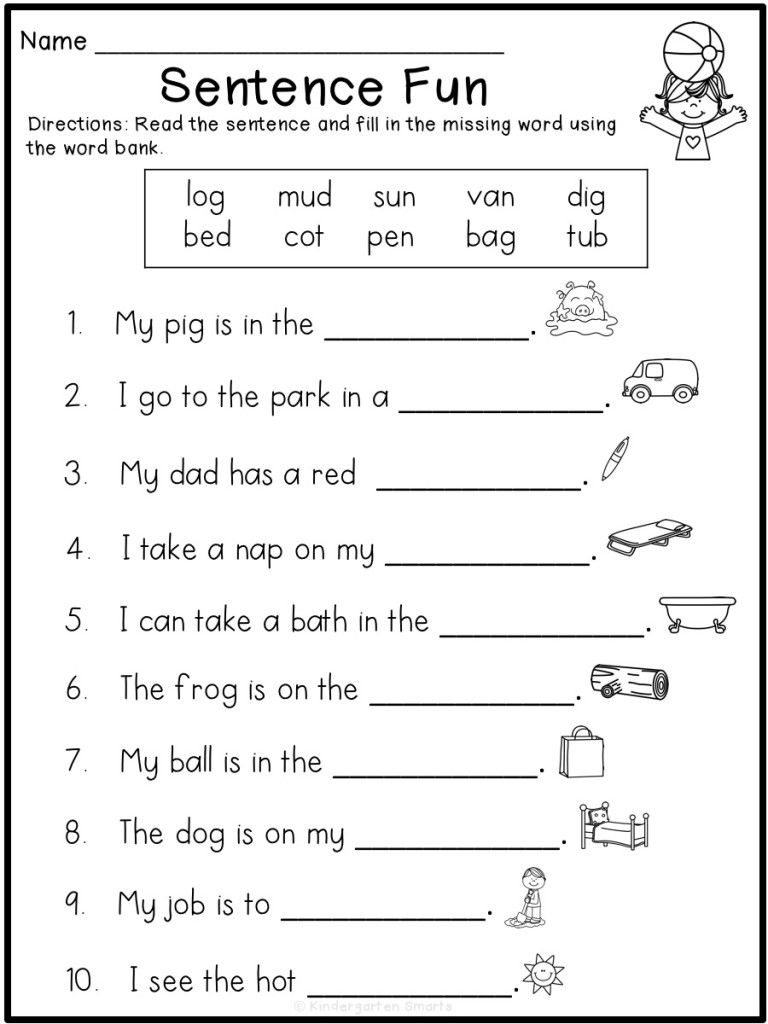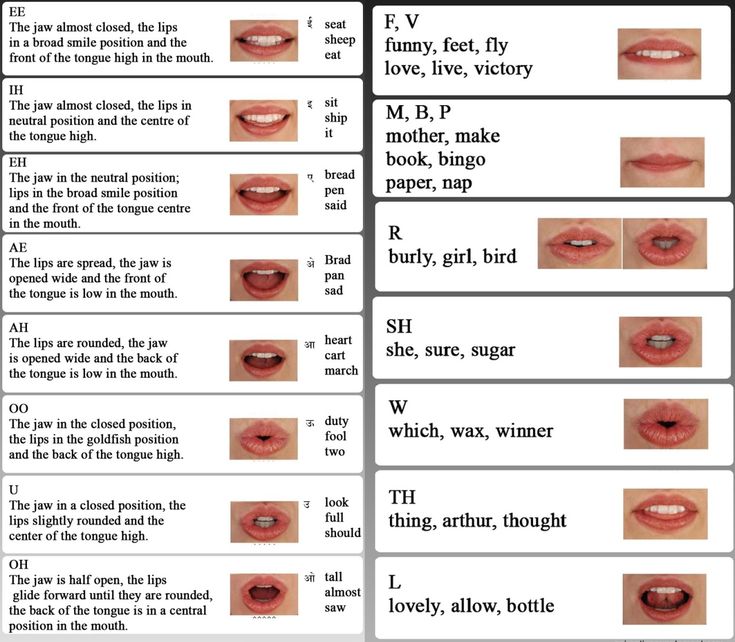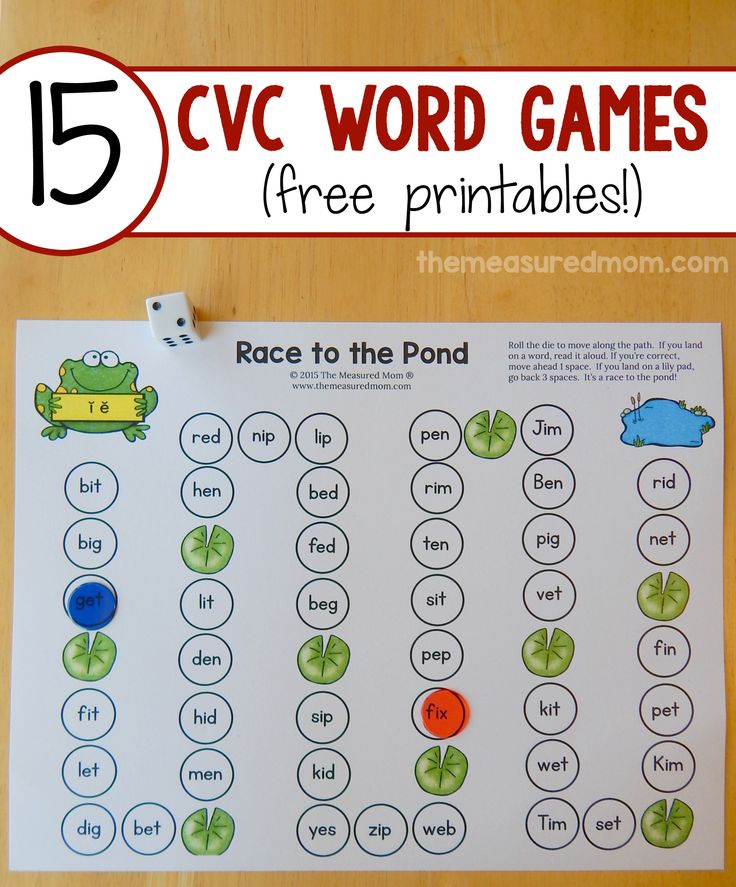Child learning colors
When Do Kids Learn Colors? All In Good Time!
What age do kids learn colors can be a complicated question to answer. For children, learning colors is an involved process that takes time. To answer your question, we will provide some guidelines, milestones, and color activities to support your child's color learning.
So when do kids start learning colors? Early! Babies begin to observe color as early as four months. Do you recall how your baby was drawn to bright colors? This natural attraction is why so many children's clothing and toys are brightly colored. By visually stimulating their interest in color early, helps their ability to recognize the colors later.
Color Learning For Toddlers
You might be asking, at what age do toddlers learn colors? No toddler is the same, but typically by 18 months, they will be able to recognize some colors. Yet, as with other developmental milestones, this timing will vary by child. Toddlers begin to grasp the world of color over time and at their own speed.
Although they have started to see the color differences, it takes a while for them to understand and complete activities based on color, such as sorting and matching.
Do not be concerned if your toddler uses the color words but does not correctly match them with an object as this is part of the learning process. For instance, your child calls their green dump truck - "blue". Soon enough, the pieces will come together, and they will be able to match the color name accurately with the color.
Kids learn colors best through hands-on exploration, play activities, and everyday conversation. Color recognition and knowledge take practice. Make it fun and part of their daily activities. Start by asking your toddler to find colors non-verbally. For example, while at the park, you might say, "Do you see a blue ball?" and wait for them to point to it. If they are wearing red shoes, ask them if they see anything else the same color. With their limited language skills, they probably cannot name the color verbally, but you might be surprised to find they can identify it.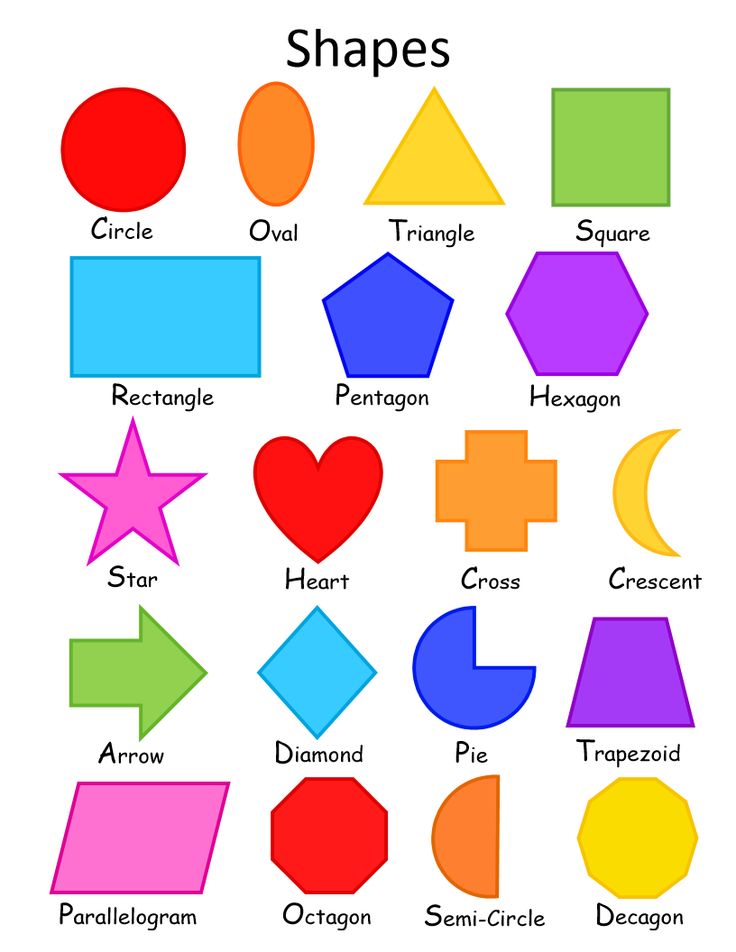
When Should Kids Know Colors?
As your youngster approaches three years of age, the concept of color begins to take shape. You will want to continue to ask questions like, "Can you show me the blue triangle?". As they start to name the colors, you can reverse the process. You might point to an object and ask, "What color is this block?" Should they miss one, don't pretend they are right or say, "That's wrong." Instead, in an encouraging tone, say the correct color.
Most kids will know at least one color by age three and by mid-year may be able to name more while most 4-year-olds know and can point to even more colors. It is essential to keep adding fun color activities and references in everyday chats. For example, "What color shoes do you want to wear to the library?" or "Let's find your yellow pants?" When reading a book, you might ask, "What color is the flower?" or "Can you find the green car?"
Kids learn colors at their own speed. Some will first master the matching; others might be able to identify the color by pointing.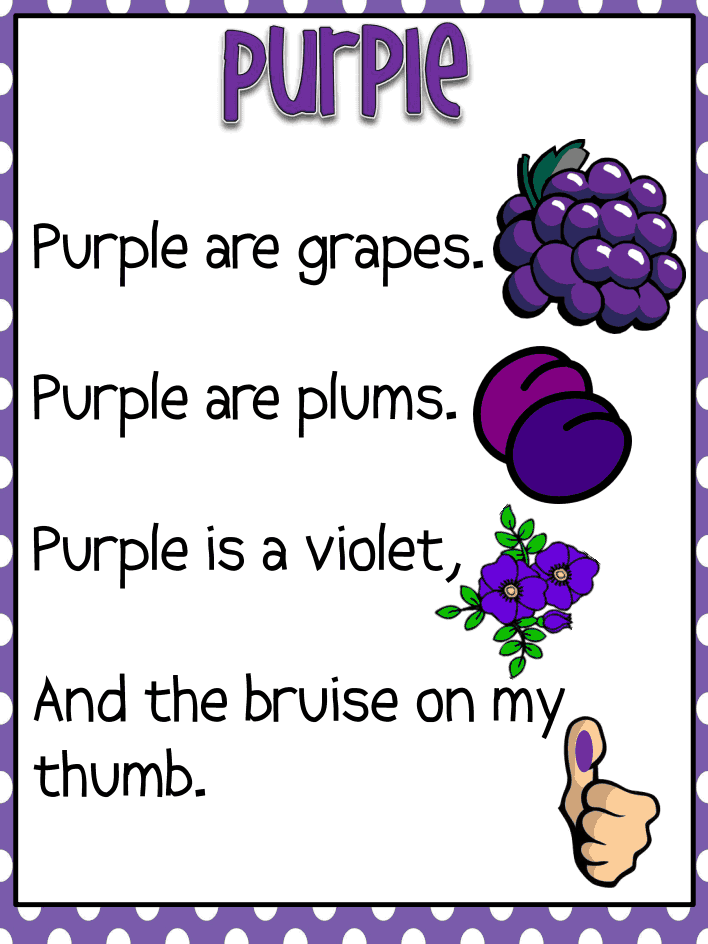 In contrast, others may be able to use the color name but not associate it with the correct color. Don't worry! It will all come together in time.
In contrast, others may be able to use the color name but not associate it with the correct color. Don't worry! It will all come together in time.
Color And Learning
Sometimes children may appear to know their colors more than they genuinely do. Often kids associate the color with the noun object. It becomes important to expose them to various items of the same color and vice versa. For instance, if your child is working on the color green, then present them with a green square, a green ball, and a green crayon. Next time reverse it and use a green square, a red square, and a blue square to see if they can identify the green from the other colors. If you always use the "green square," it becomes difficult for the child to separate the object name (square) from the color name (green).
Language skills also influence the rate at which kids learn their colors. Some may know color words but do not understand how to match them correctly. Children not only need to learn the color names but also how to identify and match them.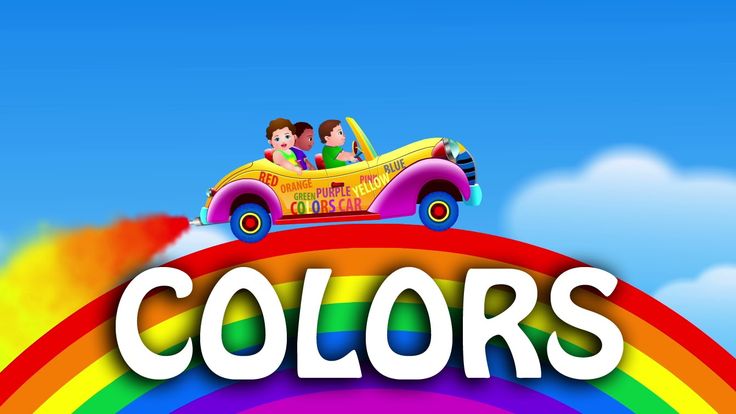 If you said show me something blue, they should be able to point to it. They should also be able to find many items in the same color, like a red ball and red crayon. Finally, if you asked what color the square is, they should be able to name the color.
If you said show me something blue, they should be able to point to it. They should also be able to find many items in the same color, like a red ball and red crayon. Finally, if you asked what color the square is, they should be able to name the color.
As your child gets to know their colors, you may want to mix things up. Try using the color words both before and after the object. For example, "This is a red ball, or the ball is red.". This simple change helps them to grasp the meaning of color better. If you are confident that your child has a good understanding of their colors, try using the wrong color and let them correct you. For instance, say, "Wow, those are pretty pink flowers!" and they will likely correct you and say, "That's crazy, those flowers are orange!"
Color Milestones
Some parents might become concerned about whether their children are developing on schedule. Remember that learning color can be a difficult concept and requires time. Be patient! If it helps ease your mind, use the milestone that by age three, they know at least one color and several by age four.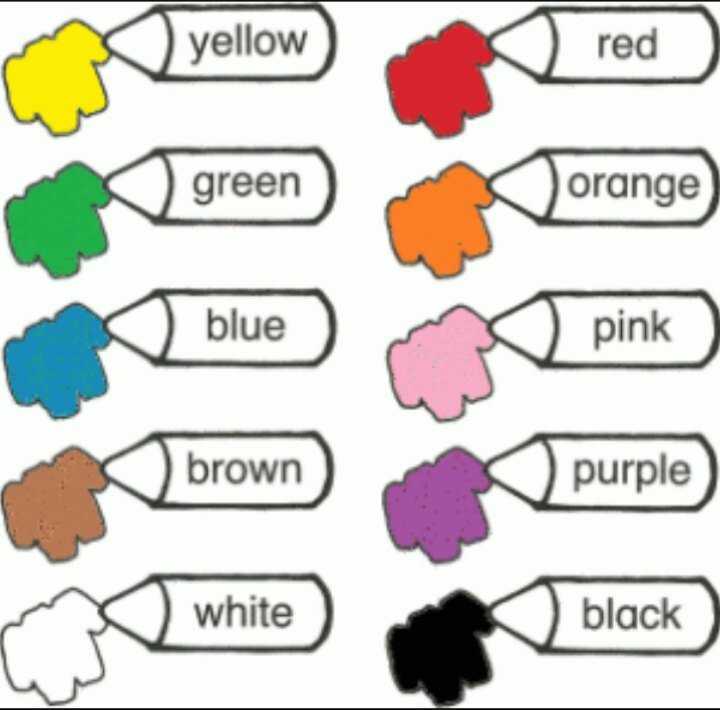
Also, if you notice your four-year-old names the same color consistently incorrect, like calling a purple marker blue or is having trouble learning specific colors, talk to your child's doctor. They can determine if your child should be tested for color blindness before they start school. That way, teachers and parents can develop a plan, so it does not interfere with learning.
Color Activities
We live in a color-filled world, so it is easy to expose your child to the concepts of color. Children can begin to build color skills by becoming aware of the colors in their surroundings. For example, when you are out, think about the color of the signs, vehicles, buildings, or landscape. Point out things like the green grass, the red stop sign, the blue building, or the yellow car.
Also, below are some exciting hands-on color activities for kids to expose your child to the world of color.
Color Matching GamesTypically, one of the first color skills learned is color matching.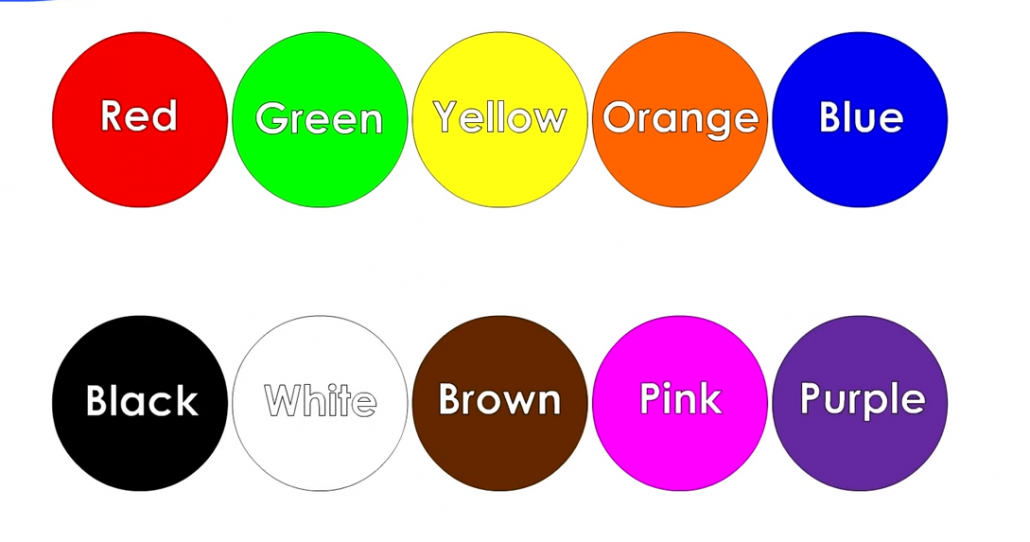 Ironically, this coincides with their ability to observe sizes, shapes, and textures, which at times may confuse the color learning process.
Ironically, this coincides with their ability to observe sizes, shapes, and textures, which at times may confuse the color learning process.
Color Hunt
This activity involves placing objects of one color (say blue) around the room. Then give your child a matching colored basket and let them hunt for things that are blue to put in the basket.
Rainbow Blocks Matching
One easy way to encourage color matching is to take colored sheets of paper and place them on the floor. Then have your child take their rainbow blocks and place each one on the matching sheet of paper. Start with one or two colors until they master the idea then add more.
Color Sorting ActivitiesSorting is another form of matching. Children naturally love to sort and organize things.
Group By Color
Have them group multiple items by color, like a green apple with a green rubber frog, or a blue crayon with a blue block. This activity reinforces the separation of the color name and the noun object.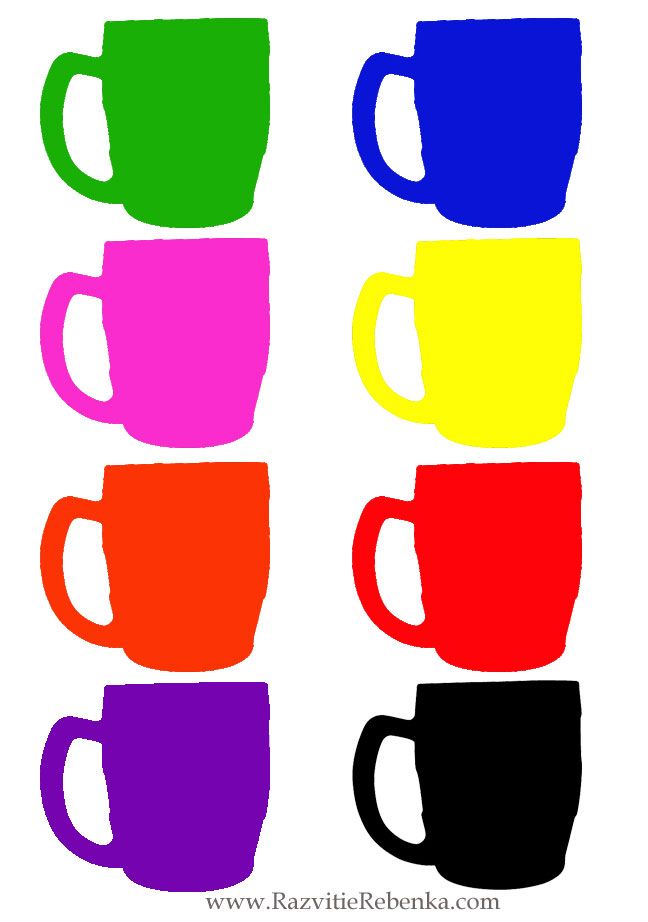
Find The Colored Blocks
Another entertaining way to get the kids involved is to ask them to find all the "red blocks" and put them on the shelf or in the basket. Each time choose a different color. This activity isolates your child's focus on one color at a time.
Sorting Blocks (Or Socks!)
Grab some multi-colored blocks and have your child divide them by color into piles. Youngsters love to help, so you could also have them separate and pair socks by color. These activities help strengthen the concepts of color.
Color Pointing ActivitiesTry "pointing to colors" games. These activities are great for mastering their colors anywhere and at any time.
I Spy
Using the "I Spy" format, you can ask your child to point out different colors. For instance, you could say, "I spy with my little eye, something that is red," then wait for your child to point to something red. This game is enjoyable with no pressure and helps them increase their color understanding in real-life settings.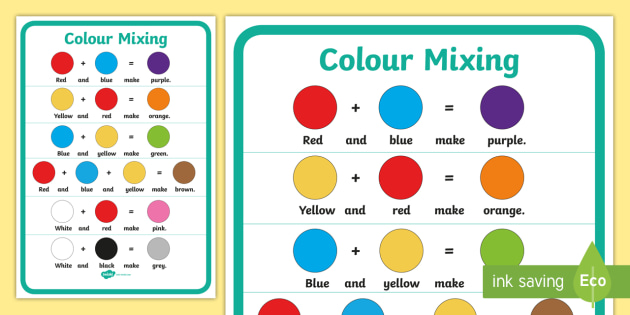
Grocery Store Point
While grocery shopping, your child can point to and name the color of the items you place in your cart.
Color Naming ActivitiesOnce your child has begun to grasp the matching, sorting, and pointing ideas, you can try some color naming activities. To start learning color words, focus on two to three (primary or secondary), adding more as they become proficient.
Color Books, Puzzles, and Board Games
These activities help solidify their color naming skills while spending some quality time together.
Color Hop
This activity is fun, whether you are inside or out. If outside, draw some colored circles using chalk. If you are playing indoors, you can use colored paper or carpet tiles to create some squares.
Next, play some music while the kids hop from one color circle or square to another. When the music stops, have each child name the color of the circle or square they landed on. This game helps them separate the shapes from the colors.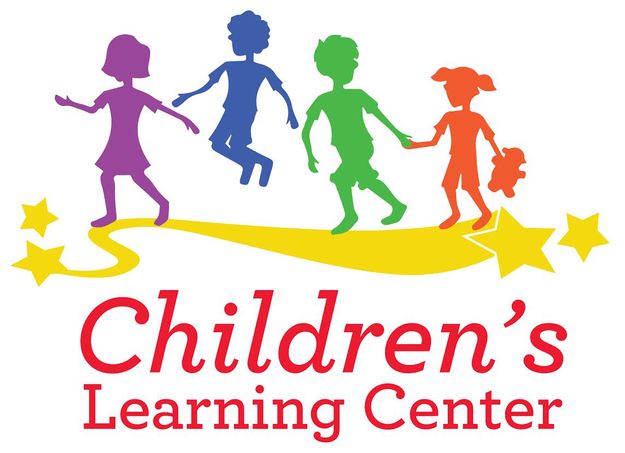
With preschoolers, you can begin combining colors to see what happens while expanding their color knowledge.
Playdough Color Mixing
Playdough makes an ideal first medium for color mixing activities. Make some playdough in a variety of bright colors. Then together experiment by blending different colors.
Start with primary colors and ask, "What do think will happen if we mix the blue and the yellow?".
Color Mixing Paint
Painting with your kids is an interactive way to immerse them into understanding colors. Start with a single primary color and work your way up to multiple colors.
As you add more colors, begin mixing them and forming new colors. Add some bling to the project by including items, like glitter, pom-poms, and colored craft sticks. Let them freely explore their imagination and creativity.
Color Games For KidsHere are a few lively color learning games to play and explore color, whether outside or in.
Color Relay
Fill two large buckets with various colored blocks. Then call out a color and have the kids run down to the bucket, grab the correct colored block to bring back to you.
If it is a hot day and you want to mix it up and add some water play. Simply fill the buckets with colored water balloons that they can break and splash when grab the correct colored balloon.
Color Scavenger Hunt
Draw or attach colored squares to the front of white paper lunch sacks. Choose how many and which colors, depending on the age of the kids. Use a few primary colors for younger children.
For older kids, you can add secondary colors, black, white, and brown. Then send them out into the yard to collect items in their bag that match the colored squares.
The idea is to find at least one thing for each color. Then gather in a circle, having each child match and share what they found for each color.
Red Light, Green Light
This game is quick and easy, using colored sheets of paper in red and green.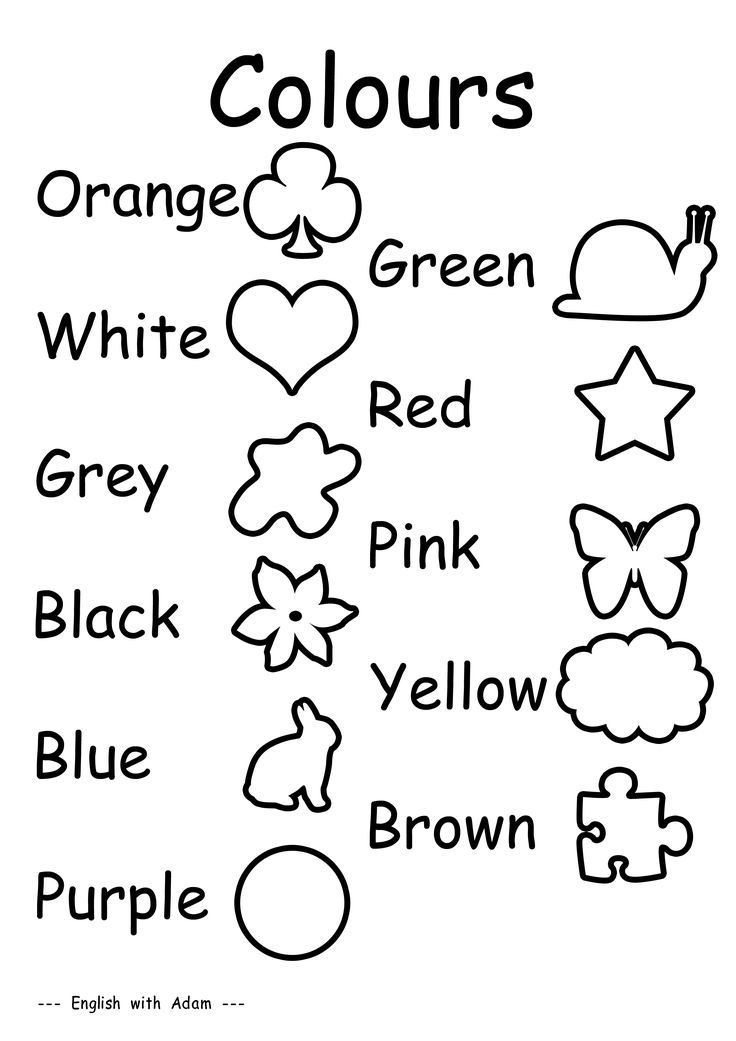 Hold up the green sheet, and have the children start walking towards you. When you hold up the red, they have to stop. The goal is to make it to you first.
Hold up the green sheet, and have the children start walking towards you. When you hold up the red, they have to stop. The goal is to make it to you first.
There you have it. Learning colors can be a lot of fun for all ages. While there is no absolute timeline, we did provide a few guidelines to help you answer the question, "When do kids learn colors?" For some enjoyable color sorting, matching and mixing grab a set of Wooden Blocks for Toddlers - Rainbow Blocks, Jr.
Colors for Kids: Teaching Colors to Children
Children usually learn about color during their preschool years. The ability to identify colors is considered a marker and milestone in a child’s cognitive process and is often part of early screening for development and educational admittance. Recognizing the colors and identifying the color names is an important part of a child’s development. Early identification of colors helps to create the cognitive link between visual clues and words.
Tips on Teaching Children Colors
Children need to first acquire informational pieces before they can begin to understand color as a concept. It might seem simple as blue is blue, before the concept of color is understood. Children don’t have the ability to understand that light blue and navy are both blue and they also lack the verbal skills to explain that to you. Along with learning what each color is called, children need to understand what color represents; it’s not size, nor shape, nor the name of the object, nor the texture, not the number of things showing. Constant repetition and expanding on what colors are and what they are not will help any child understand what the actual word color means.
It might seem simple as blue is blue, before the concept of color is understood. Children don’t have the ability to understand that light blue and navy are both blue and they also lack the verbal skills to explain that to you. Along with learning what each color is called, children need to understand what color represents; it’s not size, nor shape, nor the name of the object, nor the texture, not the number of things showing. Constant repetition and expanding on what colors are and what they are not will help any child understand what the actual word color means.
After that, teaching colors to children is usually easy. Children are naturally attracted to bright colors, which is why most toys and activities geared towards younger children, including toddlers and babies, are brightly colored. During the preschool years, children have a natural affinity to understand their world around them. Surrounded by a world of color it is easy to use daily opportunities to discuss colors.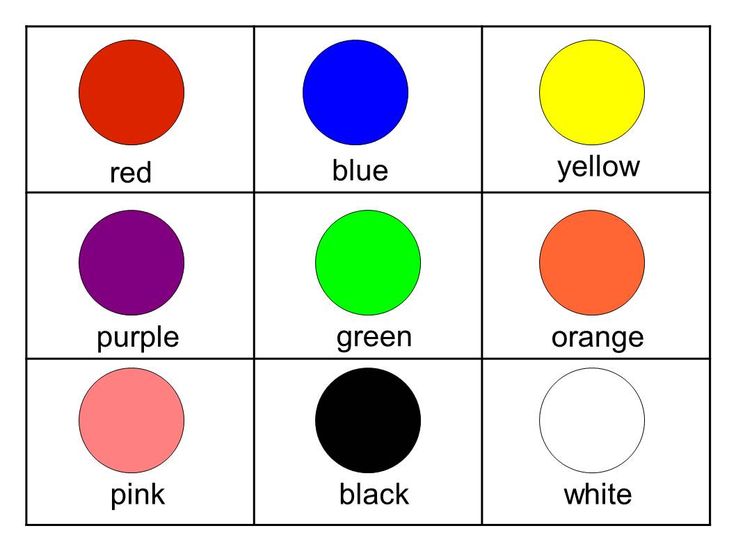 Of course, since teaching color recognition to children is so important, there are many tools that can be used by parents and educators alike to help children learn about color.
Of course, since teaching color recognition to children is so important, there are many tools that can be used by parents and educators alike to help children learn about color.
Learning About Colors Through Children’s Books
There are numerous children’s books to teach children about color form. The “chunky books” such as the “Happy Baby” series that usually mark a baby’s first “reading” experience, are books that are very educationally minded. Like toys geared for children, children’s books are a natural opportunity to not only teach children the differences between the colors and to identify them, but to also forget that connection between the written words and the colors they represent. The best children’s books to teach color combine a child’s interest, with a great story, and colorful illustrations making reading experience completely enjoyable. Children’s Book Guide.com has a great list of children’s books that will provide many opportunities for parents and educators to teach color to children without them even realizing that a lesson is at hand.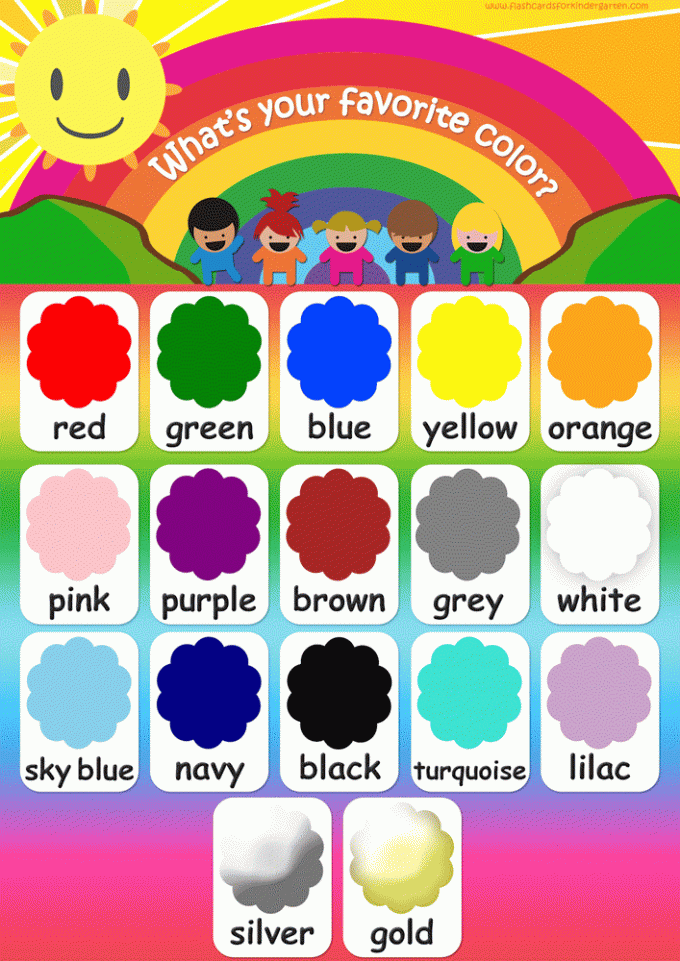
One of our favorites from the list is Eric Carles’ “Brown Bear, Brown Bear, What Do You See” Considered a staple in many a preschool classroom, this classic has been a must have for children learning about color since its publication as Carle’s first illustrated children’s book in 1967. Republished in 2007, “Brown Bear, Brown Bear, What Do You See” is not the only one of Carle’s books that can be used to teach children colors. Known for his creative use of collage in his illustrations, Carle’s books go past a more generic use of flat colors, and allow children to experience nuance, patterns and a range of shades all in one color.
Games that Teach Children About Color
Along with books, many games use color in part to make them attractive to children while teaching them about color.
The classic children’s game, Candyland, is often a child’s first board game because of its use of color. Naturally appealing with its sugar coated fantasy, the board game doesn’t use a counter or dice, but color cards that dictate the child’s next move on the board.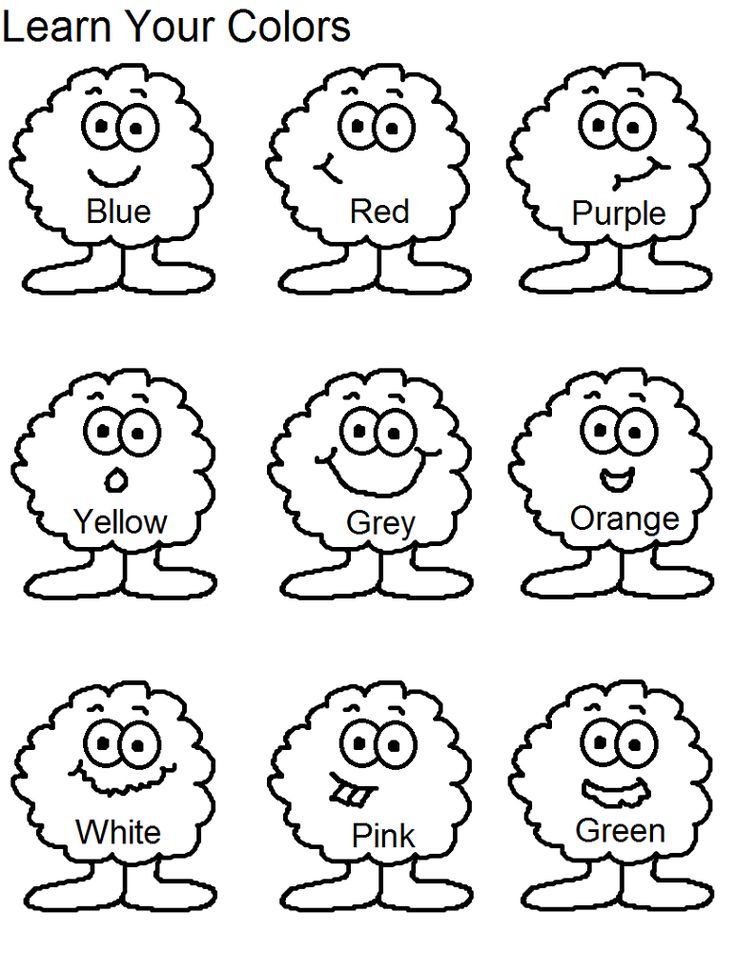 Along with color matching, Candyland also teaches counting skills, strategy, social skills and spatial reason to young children.
Along with color matching, Candyland also teaches counting skills, strategy, social skills and spatial reason to young children.
Color matching memory games are another way to induced color learning to children with a game. Based off the typical matching game of remembering where two like cards are to make a pair, preschool children have to compare colors and match the same ones together to win. Another game geared towards teaching child to match colors is dominoes. By removing the dots that require counting and increasing the size, Jumbo Color Dominoes.
Children Learning with Colors Flashcards
Since learning colors is such an important part of every child’s early education, schools and parents often turn to the more educational minded color flashcards. Color flashcards run a range from just focusing on color to inducing the words along with color as pre reading skills. Often color flashcards use shapes and teach basic counting skills along with color recognition.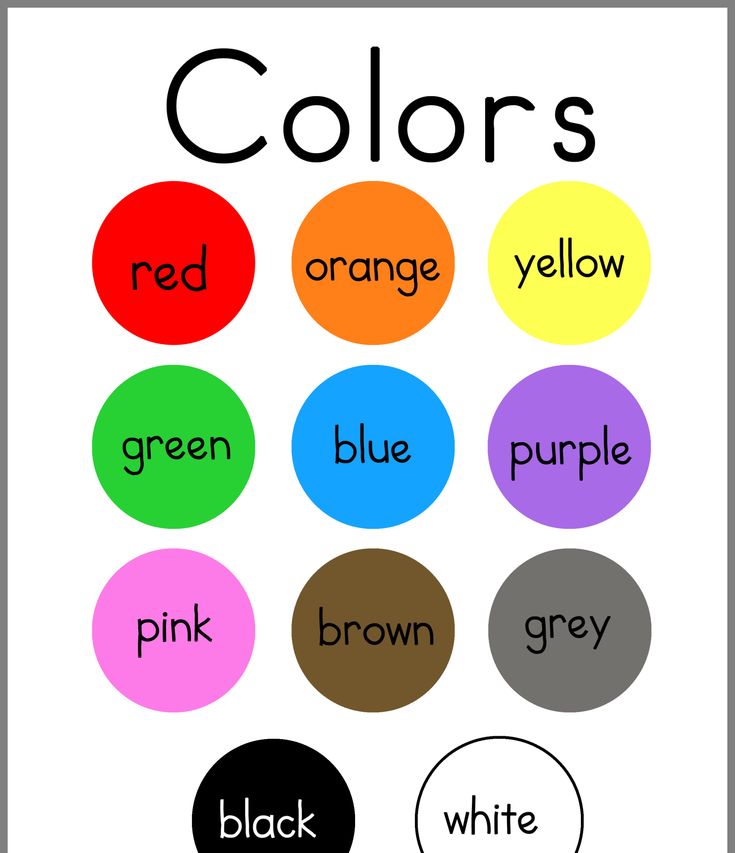 There are many different kinds of flashcards geared towards teaching children about color. They can be purchased directly, downloaded and printed form online sources, or crafty parents can even make their own with color card stock.
There are many different kinds of flashcards geared towards teaching children about color. They can be purchased directly, downloaded and printed form online sources, or crafty parents can even make their own with color card stock.
Teaching Kids Color Online:
While so many of the tools used to teach children about colors are “classic” the internet and online games have also provided excellent opportunities for children to learn about colors. Some online color education tools focus on specific color skill like color recognition, matching and color concentration and might require the child to have some reading ability. Other’s such as Fishers Price’s Color and Shape game plays more like an interactive video and requires the very basic computer skills.
Teaching Color to Children Everyday
Of course, since color is a part of everyday life, there are many opportunities to teach children about color during every day living. One way to teach children about color is to pick a new color each week and completely focus on that color with your food choices, activities, etc.
So, no matter what color you pick for the week, enjoy bringing the beauty of color to a young person while you teach a child about color. Do you have a favorite book or game that teaches color? We would love to hear your recommendations.
Posted by Albert Munsell.
Learning colors: how to teach a child to distinguish colors and shades
It is generally accepted that by the age of three a child should learn to distinguish between primary colors. This skill is an important part of sensory development, it gives the child the opportunity to see the world in a new way. Often, if the baby does not know or confuse colors, parents have concerns about the pace of development of the child. Do I need to worry if the study of colors is not easy for a child? How to teach a child to distinguish colors? You will find answers to these questions in our article.
At what age does a child begin to see colors?
Studies have shown that children begin to perceive colors by 2-3 months.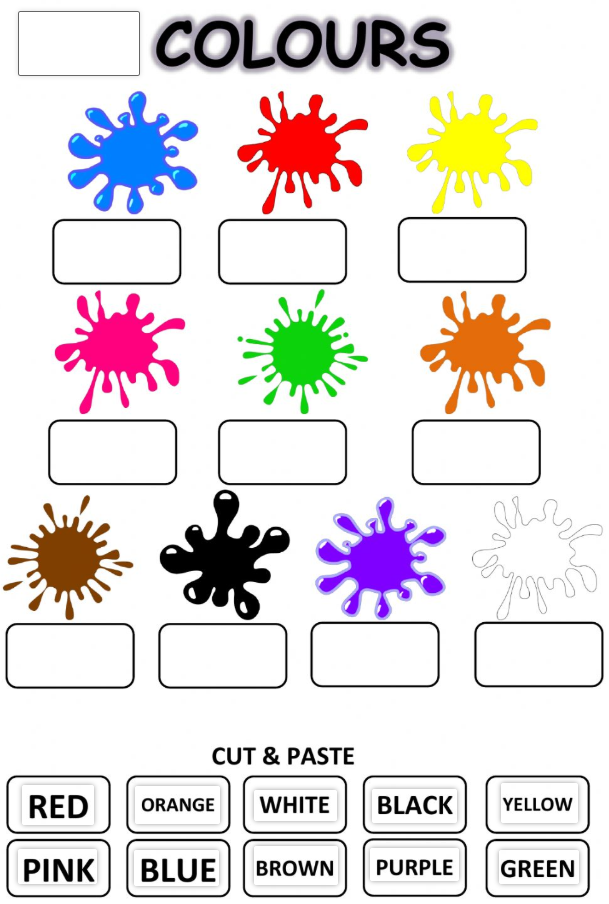 The first colors a child sees are yellow, orange, red, green. At this age, babies can already react differently to their toys of different colors (for example, a red rattle can please a child more than a blue one), look at bright pictures with enthusiasm. The baby's world quickly acquires colors, but if we talk about the ability to consciously find an object of the right color, then usually it appears in children at the age of one and a half. It is at this age that it is optimal to start learning colors in a playful way. You can voice the names of flowers to a child for up to a year, this will only benefit him. But do not demand too much from the baby, remember that his brain is actively developing, and as soon as the time comes, you will certainly see the results.
The first colors a child sees are yellow, orange, red, green. At this age, babies can already react differently to their toys of different colors (for example, a red rattle can please a child more than a blue one), look at bright pictures with enthusiasm. The baby's world quickly acquires colors, but if we talk about the ability to consciously find an object of the right color, then usually it appears in children at the age of one and a half. It is at this age that it is optimal to start learning colors in a playful way. You can voice the names of flowers to a child for up to a year, this will only benefit him. But do not demand too much from the baby, remember that his brain is actively developing, and as soon as the time comes, you will certainly see the results.
To see if your child is ready to learn colors by playing with building blocks, ask your child to point to a part that is the same color as yours. If the baby can find objects of the same color, then he is quite ready to memorize the names of colors.

Learning colors in everyday life
Children get most of their knowledge about the world in everyday life: communicating with adults and peers, observing nature, playing. The study of flowers is no exception. Sometimes a child does not need to do special exercises to learn to recognize colors. For this, it is enough that he hears the name of the color and associates it with a specific thing. During daily activities, voice for the child what color the objects are around. Whether you are drawing, playing with blocks, looking at cars in the yard, reading, swimming, eating, dressing - in each of these situations, you can gently teach your child to distinguish colors.
It is important that the study of colors does not turn into torture. You should not constantly test the child's knowledge by asking him which color is which. Soon the baby may just start to ignore you. “Let's paint the sun yellow!”, “What a delicious green cucumber!”, “Oh, where did the blue cube go? Here he is!" are examples of how you can gently help your child remember colors.
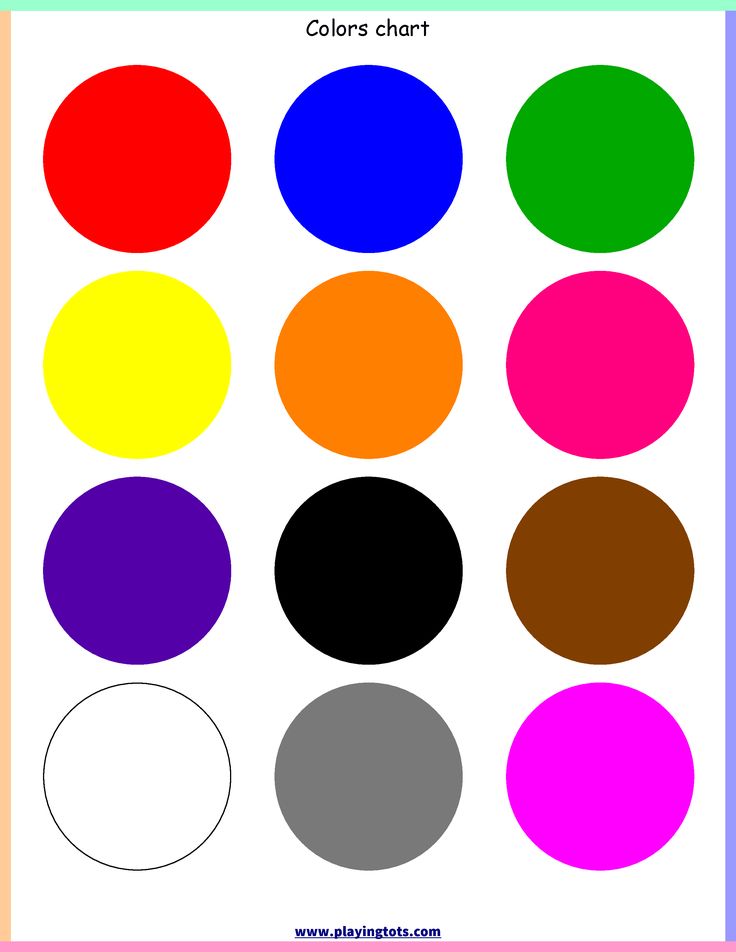
Games for learning colors and their shades
In order to get your baby interested in learning colors or to reinforce the knowledge they already have, you can offer your child to play special “color” games.
Color Sorting
Sorting games are designed to help children learn to group objects by color. Any materials at hand can be items for sorting: toys, covers, designer parts, cubes, buttons, cereals, pencils, etc. You can organize the game in various ways:
You can come up with as many options for sorting by color, it all depends on your imagination. So that the child does not lose interest in the task, connect the plot of the game with his favorite characters, toys (for example, a cat will eat from a yellow bowl, and a baby elephant from a red one, etc.).
Match a Pair
Help your child learn colors with the Match a Pair series.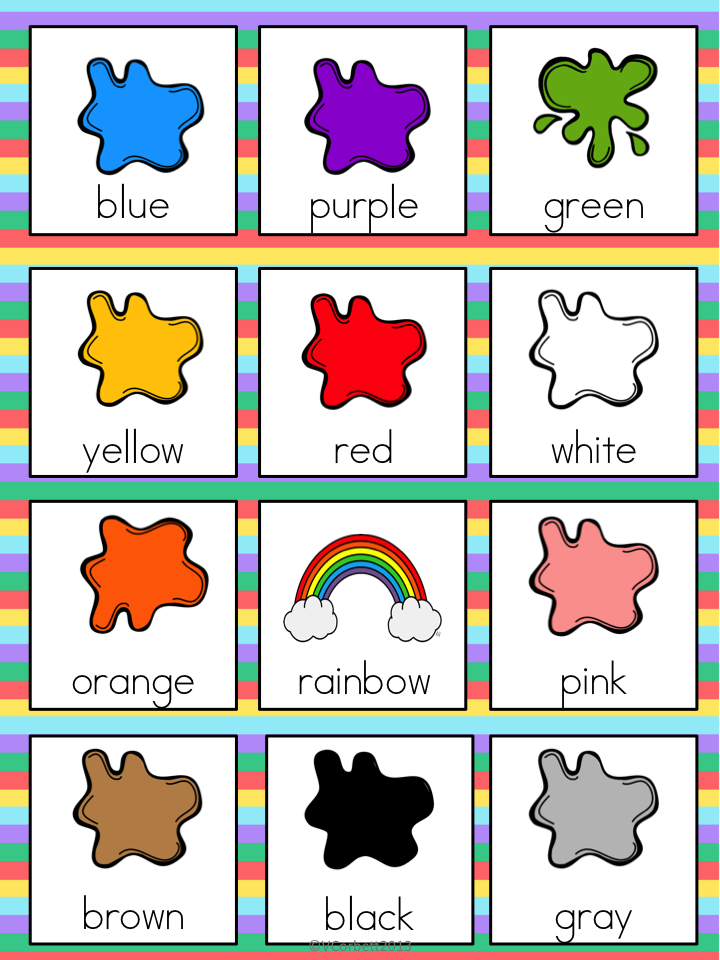 Ask your child to find a petal for a bug, a pot for a flower, a roof for a house, etc. You can present the baby with a deliberately wrong option and ask to correct the mistakes.
Ask your child to find a petal for a bug, a pot for a flower, a roof for a house, etc. You can present the baby with a deliberately wrong option and ask to correct the mistakes.
Pick up a patch
Show the child the picture with the missing details. Ask him to fill in the gaps (this can be done with plasticine, pom-poms, caps, cards, etc.).
Color Lotto
At the age of about one year, children begin to be interested in various lottos. In the color lotto, the task is to collect pictures of the same color on the card.
Colored Sensory Boxes
Create a sensory box for your baby where everything is the same color. During the game, the child will be able not only to remember the color that he sees, but also to develop fine motor skills, tactile sensitivity, thinking, and imagination.
Color days
This is one of the most interesting and popular ways to teach your child to distinguish colors.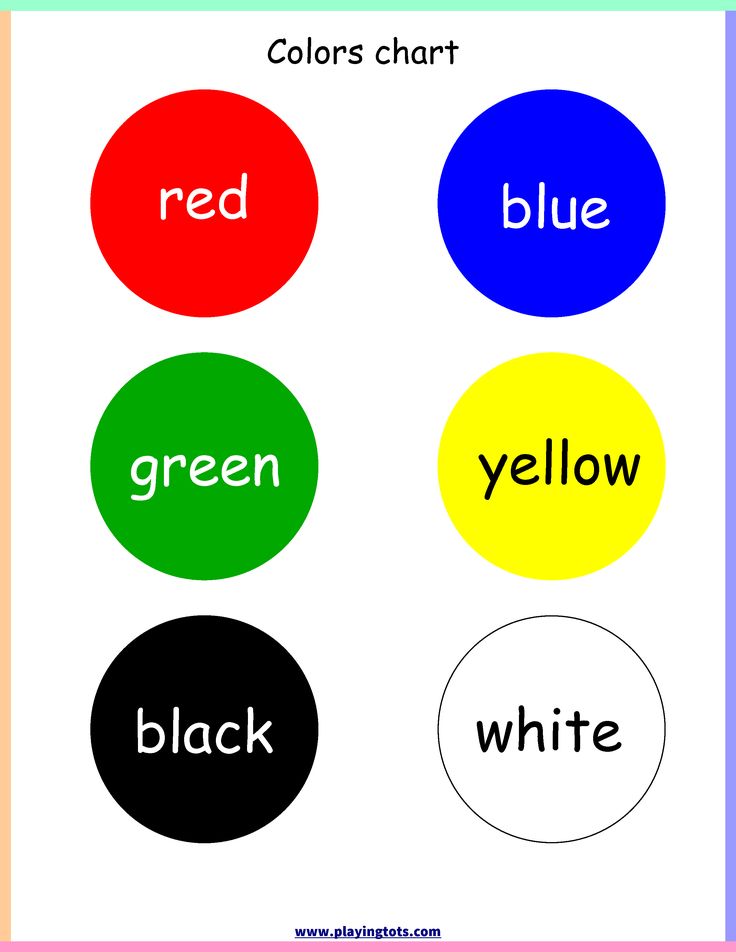 Its essence is that during the day (or several days) you draw the child's attention to objects of a certain color. For example, on a yellow day, you can dress in yellow clothes, play with yellow toys, draw a yellow chicken. Surrounded by one color, the baby will easily remember it.
Its essence is that during the day (or several days) you draw the child's attention to objects of a certain color. For example, on a yellow day, you can dress in yellow clothes, play with yellow toys, draw a yellow chicken. Surrounded by one color, the baby will easily remember it.
Cards for learning colors
You can learn colors with your child using cards. With the help of Doman's "Colors" cards, you can introduce your baby not only to the main colors, but also to different shades. It is important not to overload the child with unnecessary information about the names of 10 shades of green or red. Learn only those shades whose names you can use in the game and life.
Board games for learning colors
Board games are a great way to learn about colors and consolidate knowledge about them. Currently, the stores offer a wide range of similar games for every taste and budget. Choose a game that suits your child.
Educational cartoons
There are many educational cartoons on the Internet that will help your child memorize colors quickly.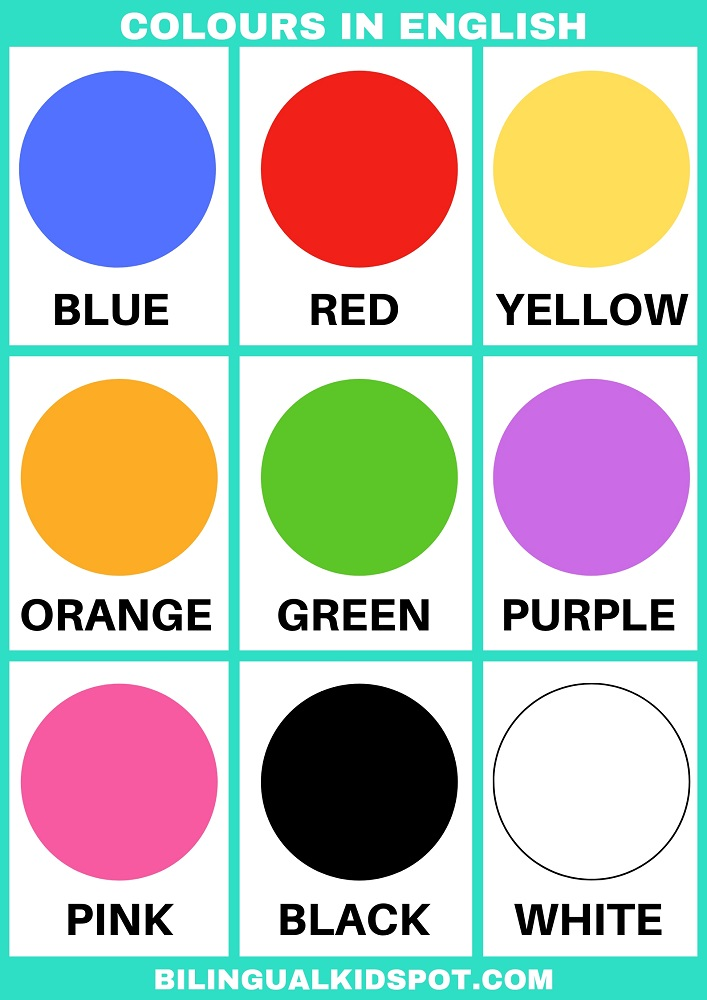 Here is one of them:
Here is one of them:
Educational books
If your little one loves to listen to stories and look at pictures, this is the way for you. We all remember the wonderful story of V.G. Suteev "Rooster and paints", by S.Ya. Marshak has a whole “Colorful book”. You can also find many educational books that will become your faithful assistants.
Conclusions
We have listed for you different color learning games. In order for a child to master the concept of color well, it is worth adhering to a number of principles: do not rush the baby, provide a variety of material for games, discuss what you see.
Conclusion
You can start studying colors from an early age, the main thing is that it is interesting for the child. It is impossible to specify clear age limits when a child should learn primary colors. This process, like all development, is individual for each baby.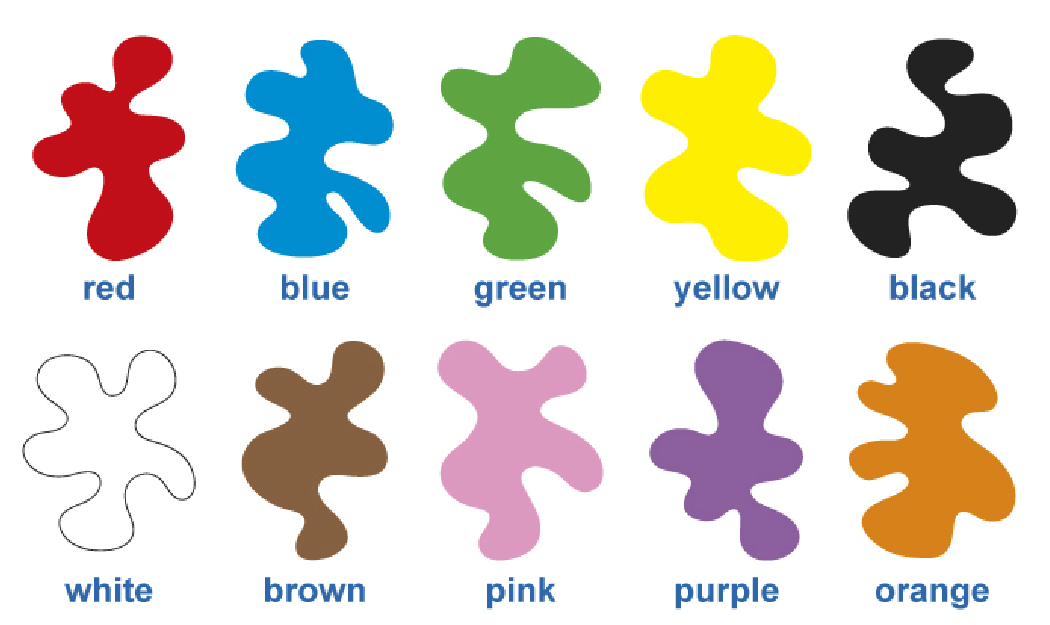 The Sozvezdie Development Center has created a Montessori environment for kids, aimed at the comprehensive development of the child. In the classes "Together with Mom" children in a playful way get acquainted with the concepts of color, shape and size, do thematic creative work. You can learn from our teachers how to interest a child in an activity and how to properly present him with cognitive information. Develop with us!
The Sozvezdie Development Center has created a Montessori environment for kids, aimed at the comprehensive development of the child. In the classes "Together with Mom" children in a playful way get acquainted with the concepts of color, shape and size, do thematic creative work. You can learn from our teachers how to interest a child in an activity and how to properly present him with cognitive information. Develop with us!
Prepared by a Montessori teacher
Sokolova Oksana
How to learn colors with a child (30 recommendations)
Today I've put together some tips on how to learn colors with a child. For me, this is also a useful selection that will help in teaching my son. There are many games and activities on the Internet and books, but still I have a fairly large number of questions on this topic. And since I often approach something thoroughly, decided to first collect recommendations on how to learn colors with a baby, and then start playing.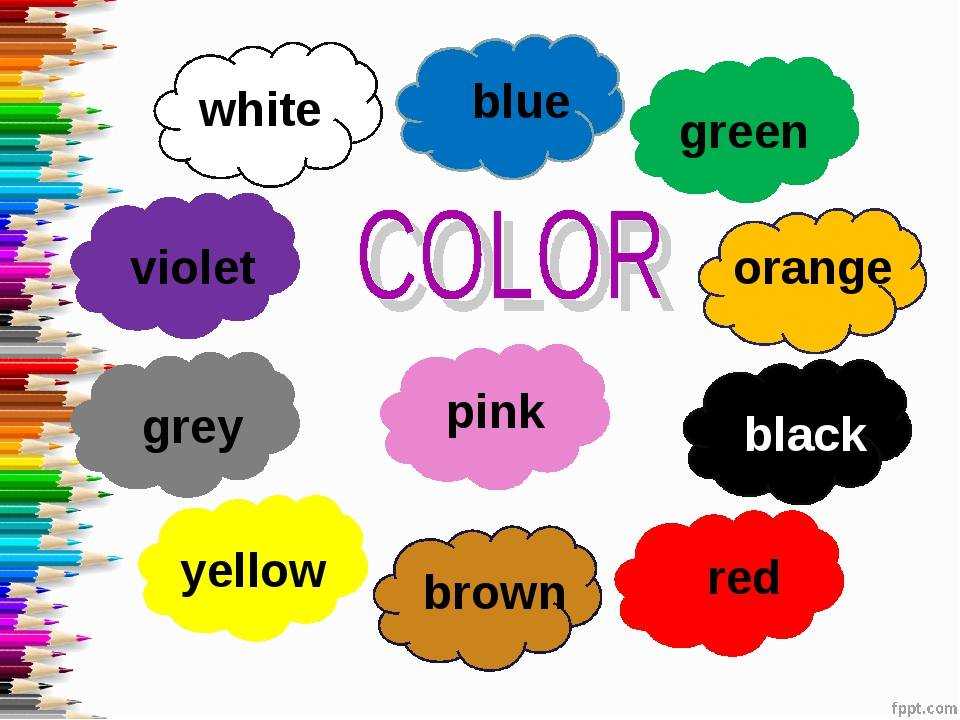 In total, I got 30 tips, which I hope will help you too.
In total, I got 30 tips, which I hope will help you too.
READ ALSO: 30 tips for reading to young children
- Even before you start learning colors, call your baby not just the object “car”, but “red car”, “green leaf” . The child will get used to the sound of the name of the color and this will help when you start learning the colors themselves.
- You need to start learning colors from four basic ones: red, yellow, blue and green . Then all the rest.
- The following colors to study: orange, white, blue, purple, grey, black, pink, brown .
- Prepare flower cards. The baby will be distracted by toys and objects, so it is better to start learning color from a card, and then move on to surrounding objects and games.
- Learn colors gradually and consistently .
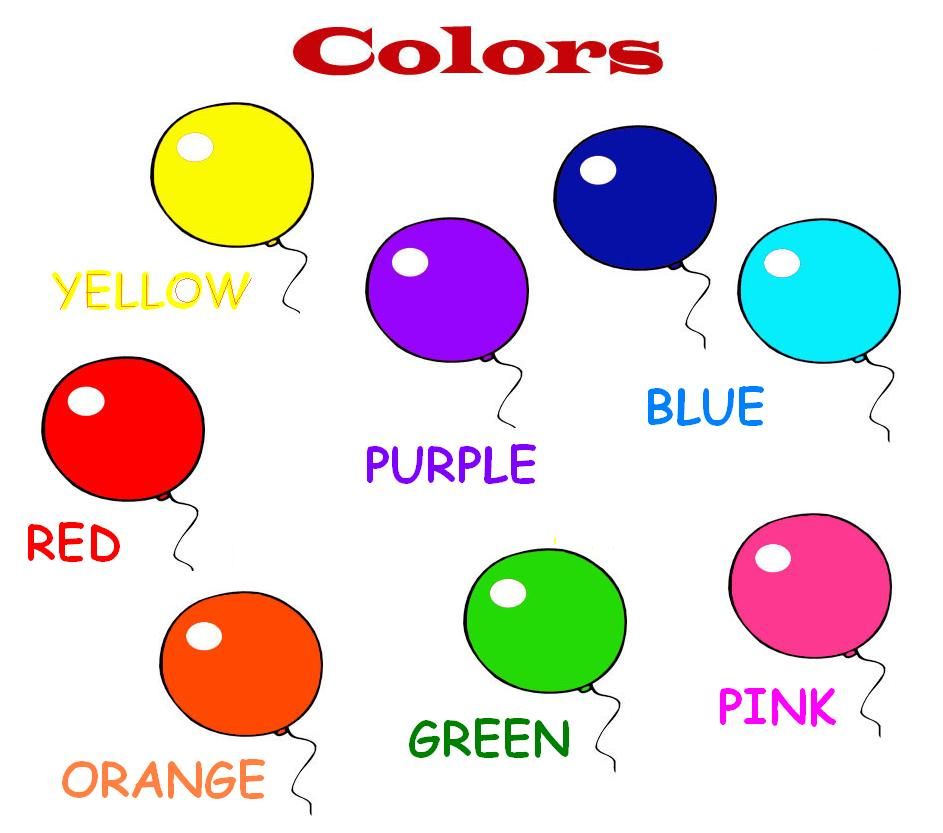 One color first. When you realize that the child has learned it, go to the second.
One color first. When you realize that the child has learned it, go to the second. - Do not distort the names of colors into "green", "violet" . Name colors clearly and uniformly.
- When you teach a color to your child, look for it everywhere and show your child : on the street, at home. Then ask the child to find this color in different objects that surround him.
- Do not study one after another or at the same time similar shades of colors , for example, green and light green. The child will be confused.
- Ask the child to bring a toy of a certain color so you can see if he remembers the color.
- Possible aids for the study of colors : crayons, pencils, balloons, pyramid, mosaic, Lego-type construction sets, colored paper.
- Pronounce the names of colors with an object in different ways "Red car", "red car" . So that the child does not perceive color and object as one word.
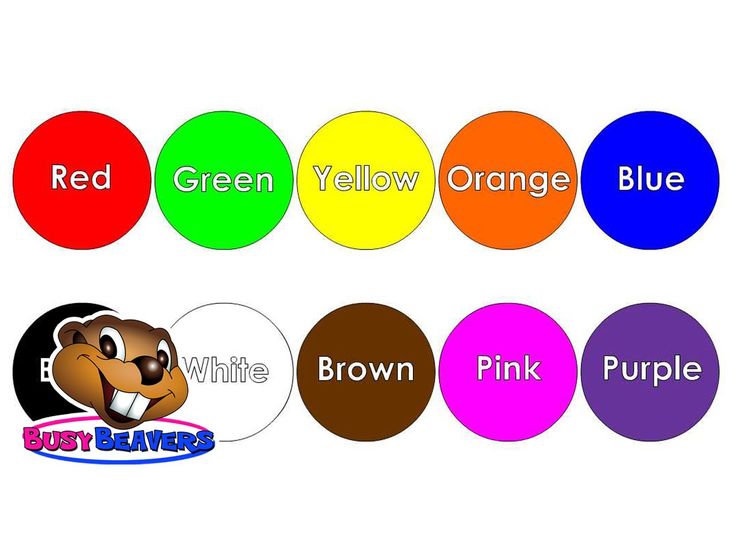
- Set aside time each day to study colors . But throughout the day, still ask the child about the color of different objects that are nearby.
- When dressing your baby, name the color of the clothes . Ask him to bring blue socks, a red jacket.
- Don't force your child to learn colors. All learning must take place during the game , unobtrusively and exciting.
- Don't use the "yellow like a car" analogy because cars come in different colors. This will confuse the child.
- Don't rush your child to answer . And if he finds it difficult, or makes mistakes, help him.
- To help mom, there will still be books, cartoons, games, applications on the phone or tablet, with which it will be easier for the child to remember colors.
- Teach your child to sort objects by a certain attribute, and then by color. For example, put together Lego bricks of the same color in a box.
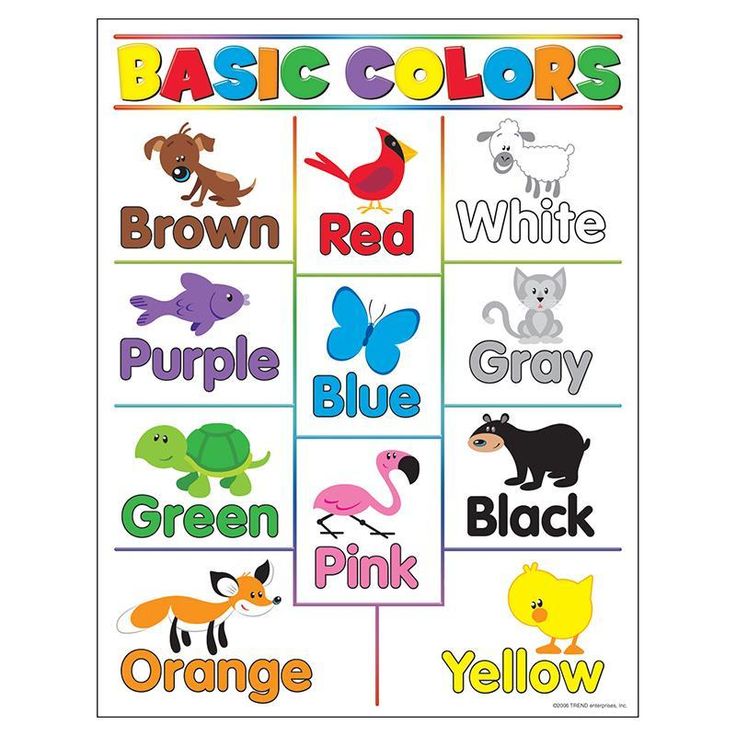
- Do not ask the child to name a color. At first it will be enough if he just points at him.
- Do not rush to teach your baby a lot and quickly! Everyone has their own pace.
- One of the best ways to study colors is creativity. Then the child not only sees the color, he constantly uses it in drawing, modeling and remembers it easier.
- You can start learning colors almost from the first months of life , when you carry your baby in your arms, show different objects and tell him about them. Then, along with the name of the item, you need to indicate the color. And purposefully begin to learn colors somewhere from the age of 2 . But it all depends on the child and the desire of the mother. There are a lot of examples when children under 2 years old already knew all the primary colors and even some shades.
- Show your child the same objects of different colors more often: cubes, mosaics.
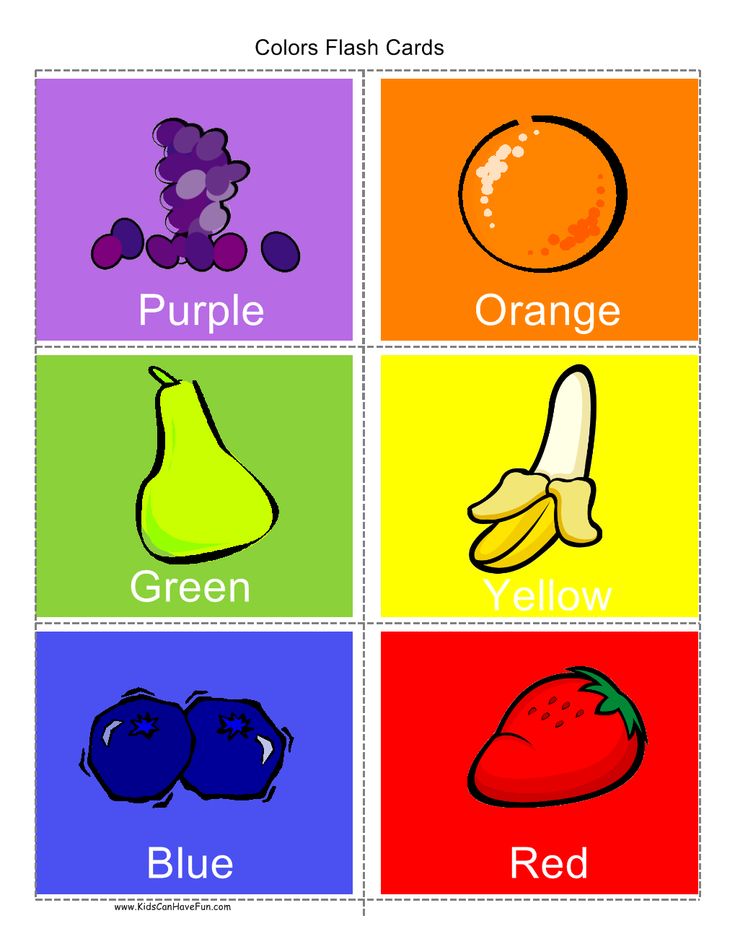 So that he would rather remember that color is only a property of an object.
So that he would rather remember that color is only a property of an object. - Do not set yourself up for long sessions. The attention of young children is very difficult to keep. If you managed to do it for 2-5 minutes, that's already quite a lot. At 4-5 years old, children can concentrate on classes for 15-20 minutes. The main thing is regularity .
- To memorize and practice colors, you can use rhymes and riddles.
- You can study the colors and shades that prevail in a particular season , for example,
in the spring - green, light green;
summer yellow;
in autumn - brown, orange;
in winter - blue, white, light blue.
It will be easier for you to find objects of the corresponding color that surround you. - Eating is a great time to talk about flowers. Fruits, vegetables, children's dishes - enough different colors to repeat and study the material using their example.
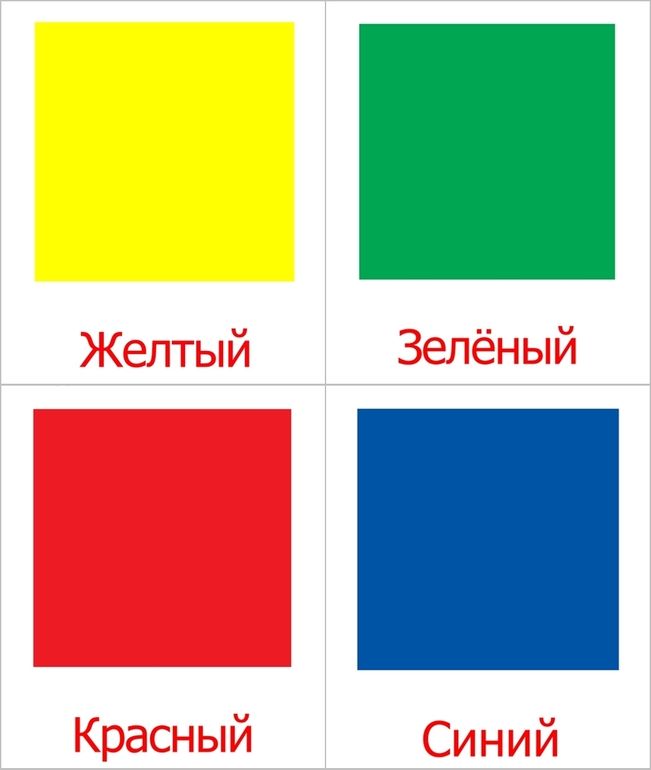
Learn more

